Reportar esta entrada
Más sobre la misma comunidad-colección
Hombres sentados en la Plaza San Jacinto
Men sitting on benches on both sides of the walkway reading the ...
Mounted Policemen on Santa Fe Street - 1901
Mounted policeman on horseback. All wearing dark colored ...
Texas Rangers in Front of El Paso County Court House
Group of Texas Rangers on the steps of the El Paso County Court ...
International Mining Congress Delegates
Group of International Mining Congress Delegates. All dressed in ...
El Paso, Texas Chamber of Commerce in 1910s
Image of the building of Chamber of Commerce in the 1910s.
Hotel Grand Central - El Paso, Texas
The Grand Central Hotel was situated at Pioneer Plaza, at the ...
Antiguo Palacio de Justicia del Condado
The old County Court House was completed in 1886, but demolished ...







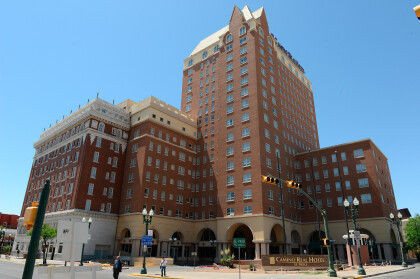
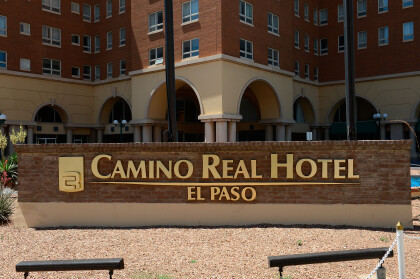
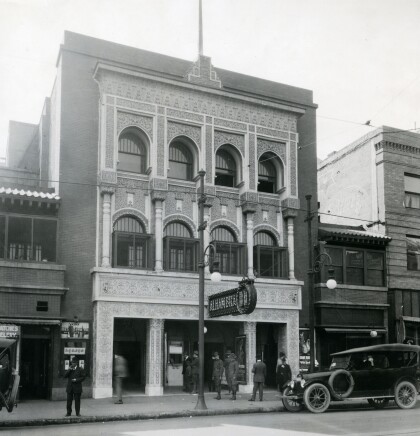
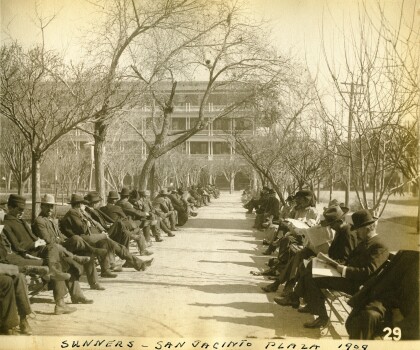
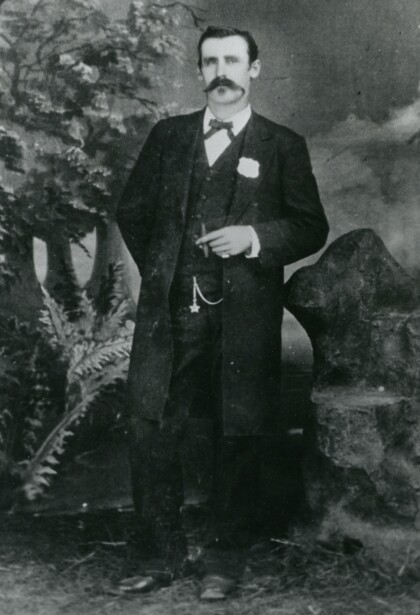
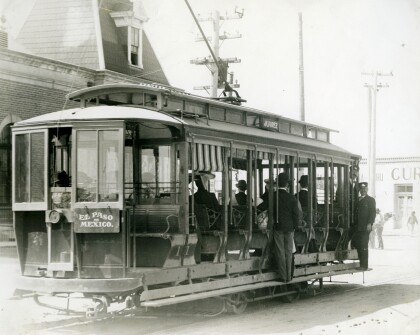
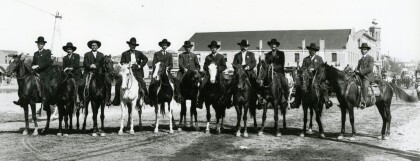
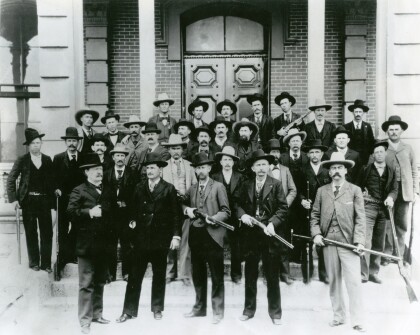
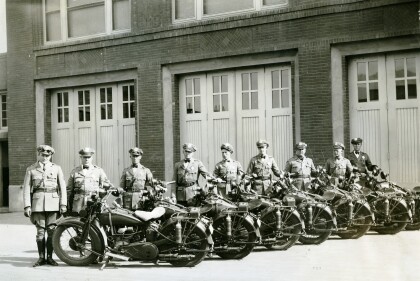
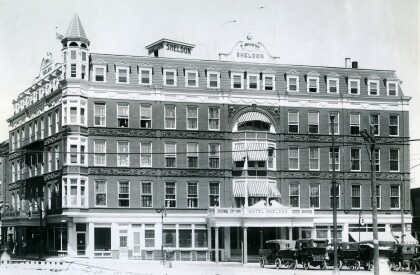
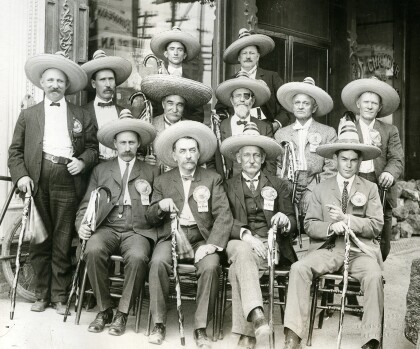
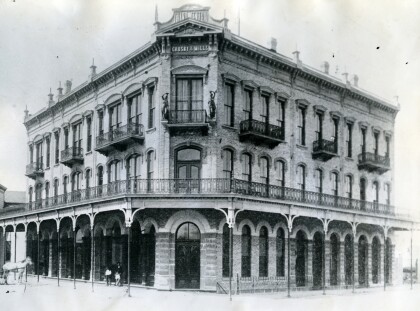
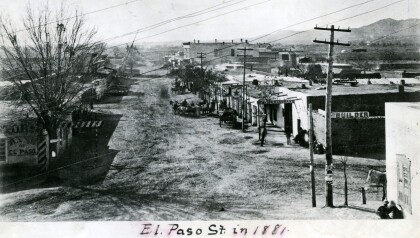
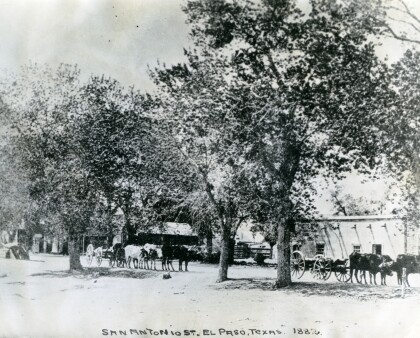
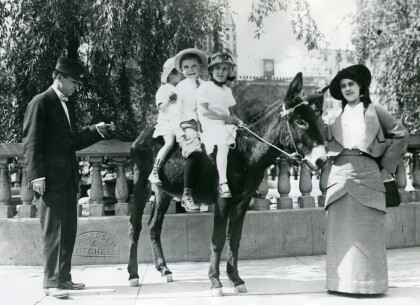
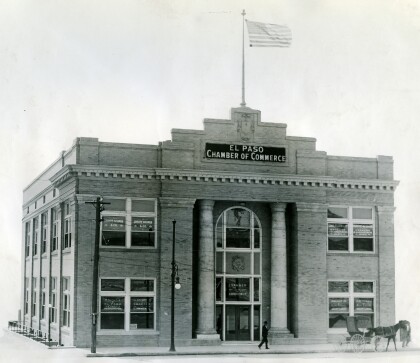
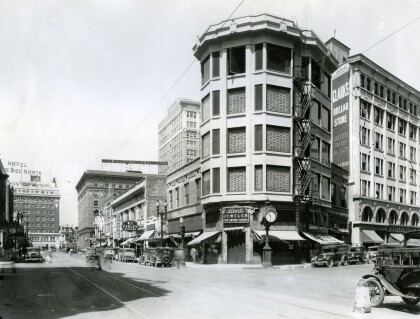
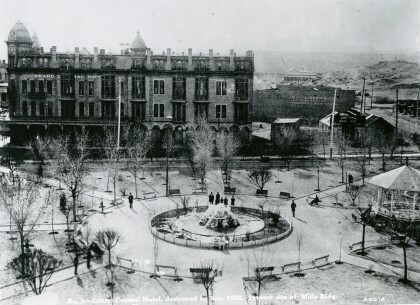
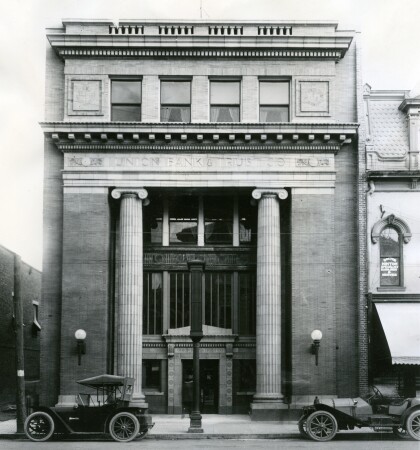
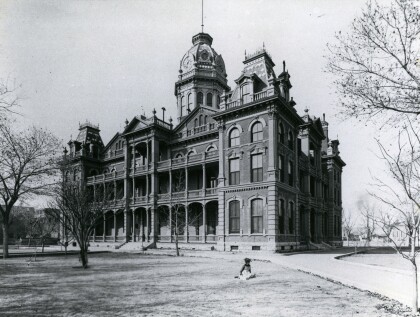
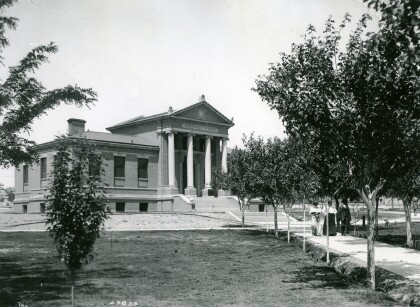
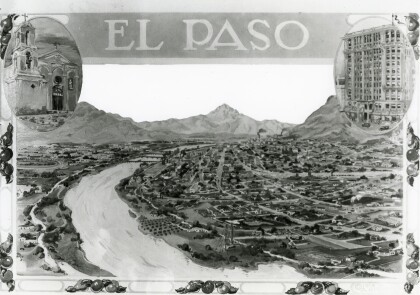
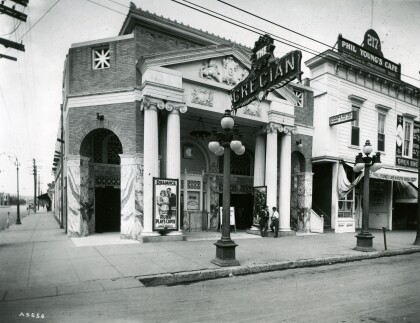
Comentarios
Hacer un comentario